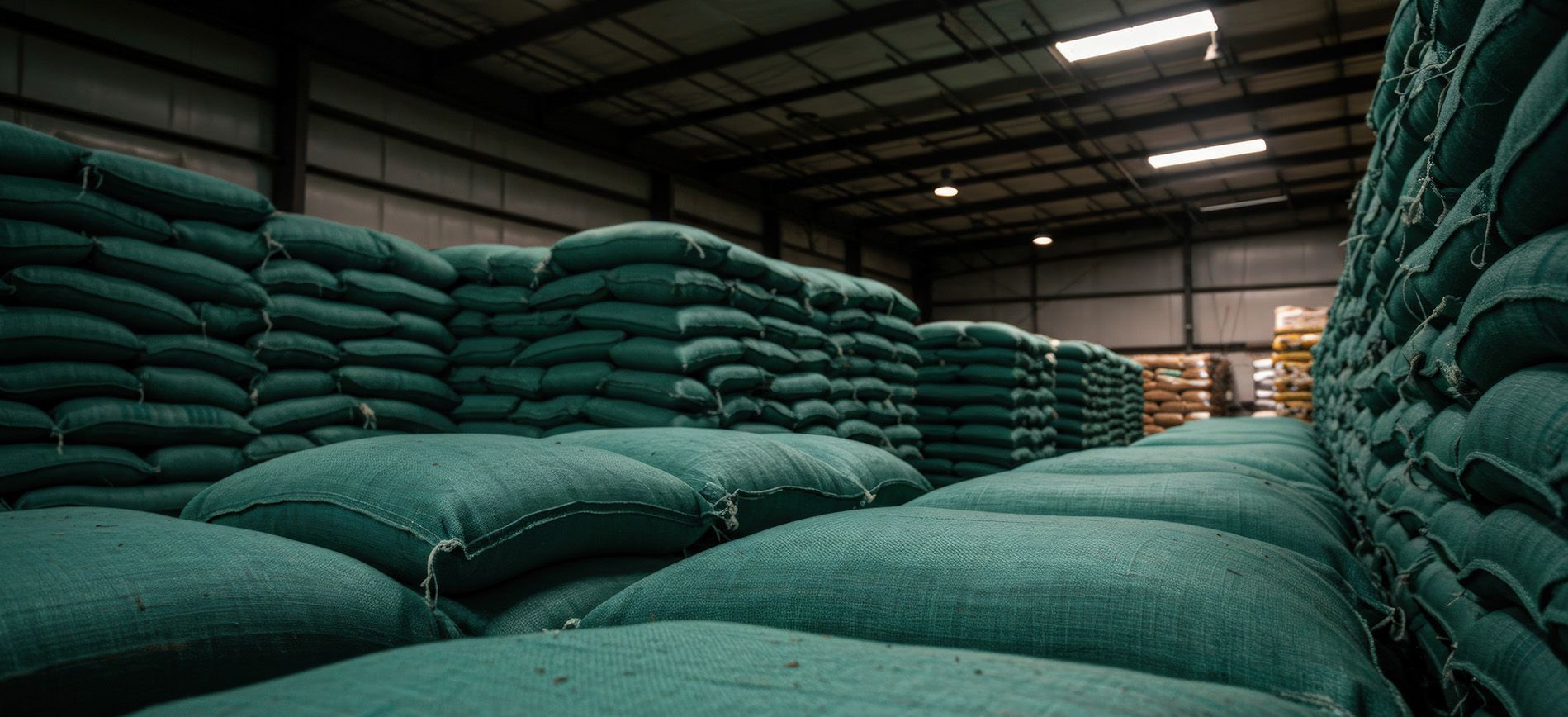Nitrification and Urease Inhibitors – Maximizing Nitrogen Efficiency
Nitrification and Urease Inhibitors – Maximizing Nitrogen Efficiency

Introduction: Why Inhibition Matters in Modern Nitrogen Management
Nitrogen is vital to crop productivity, but conventional nitrogen fertilizers are prone to substantial losses. Volatilization, leaching, and denitrification can strip away up to 50–70% of applied nitrogen before crops can absorb it. These inefficiencies not only reduce yield potential but also lead to environmental harm, including nitrate pollution, greenhouse gas emissions, and eutrophication of water bodies.
This is where nitrification and urease inhibitors come into play. By delaying nitrogen transformation processes in the soil, these chemical additives improve nitrogen retention and boost nutrient use efficiency (NUE).
Understanding How Nitrogen Is Lost
Before we examine the solution, let’s explore the problem. Once urea is applied to the field:
- It hydrolyzes into ammonium through urease enzyme activity—if the process is too rapid, ammonia is lost through volatilization.
- Ammonium is then converted to nitrate by
nitrifying bacteria—making it vulnerable to
leaching or
denitrification under wet conditions.
These processes cause timing mismatches between nutrient availability and plant uptake. Farmers often respond by overapplying nitrogen, which raises both costs and environmental impact.
Urease Inhibitors: Reducing Ammonia Volatilization
Urease inhibitors, such as NBPT (N-(n-butyl) thiophosphoric triamide), delay urea hydrolysis, allowing urea to move more deeply into the soil with rainfall or irrigation. This minimizes nitrogen losses through surface-level ammonia volatilization—a significant concern in dry or high-pH soils.
Key Benefits:
- Improve nitrogen availability during early vegetative stages
- Compatible with surface-applied or no-till systems
- Lower ammonia emissions by 30–70% depending on conditions
Nitrification Inhibitors: Minimizing Leaching and N₂O Emissions
Nitrification inhibitors, such as DMPP (3,4-dimethylpyrazole phosphate) or DCD (dicyandiamide), slow down the conversion of ammonium to nitrate. This helps anchor nitrogen in the ammonium form for an extended period, reducing leaching risks and nitrous oxide (N₂O) emissions.
Key Benefits:
- Reduced nitrate losses in coarse-textured or flood-prone soils
- Minimized greenhouse gas emissions (especially N₂O)
- Prolonged nitrogen availability for uptake during critical stages
Agronomic Use Cases and Performance
Inhibitor-treated fertilizers have proven effective across diverse geographies:
- India & Southeast Asia: NBPT-treated urea reduced losses and improved rice and maize yields by 12–18%.
- North America: Urease inhibitors are popular for top-dressing wheat and corn, reducing the need for split applications.
- Europe: Nitrification inhibitors are used on high-rainfall pastures and cereals to meet the requirements of the nitrate directive.
In many cases, a combined formulation—urease + nitrification inhibitor—delivers the most complete solution, balancing early-phase nitrogen protection and long-term availability.
Green Gubre Group’s Stabilizer Offerings
At Green Gubre Group, we supply enhanced nitrogen solutions featuring high-grade inhibitors designed for different crop systems and soil profiles:
- NBPT-treated granular urea with improved shelf life and coating integrity
- DMPP + urea blends tailored for leaching-prone soils
- Coated solutions for fertigation and drip systems, especially in arid and semi-arid climates
Our field support team assists with
placement,
timing, and
integration into your nutrient management plans.
Environmental and Policy Drivers
Governments are increasingly incentivizing or mandating the use of nitrogen inhibitors to achieve environmental goals:
- European Union: Requires mitigation of nitrogen losses under the Nitrate Directive (91/676/EEC)
- Canada & U.S.: Promote urease inhibitors via 4R Nutrient Stewardship programs
- Asia-Pacific: Subsidy-linked programs are piloting stabilized fertilizers in high-loss zones
Adopting nitrogen inhibitors is not just good agronomy—it’s increasingly part of compliance and climate-smart farming practices.




